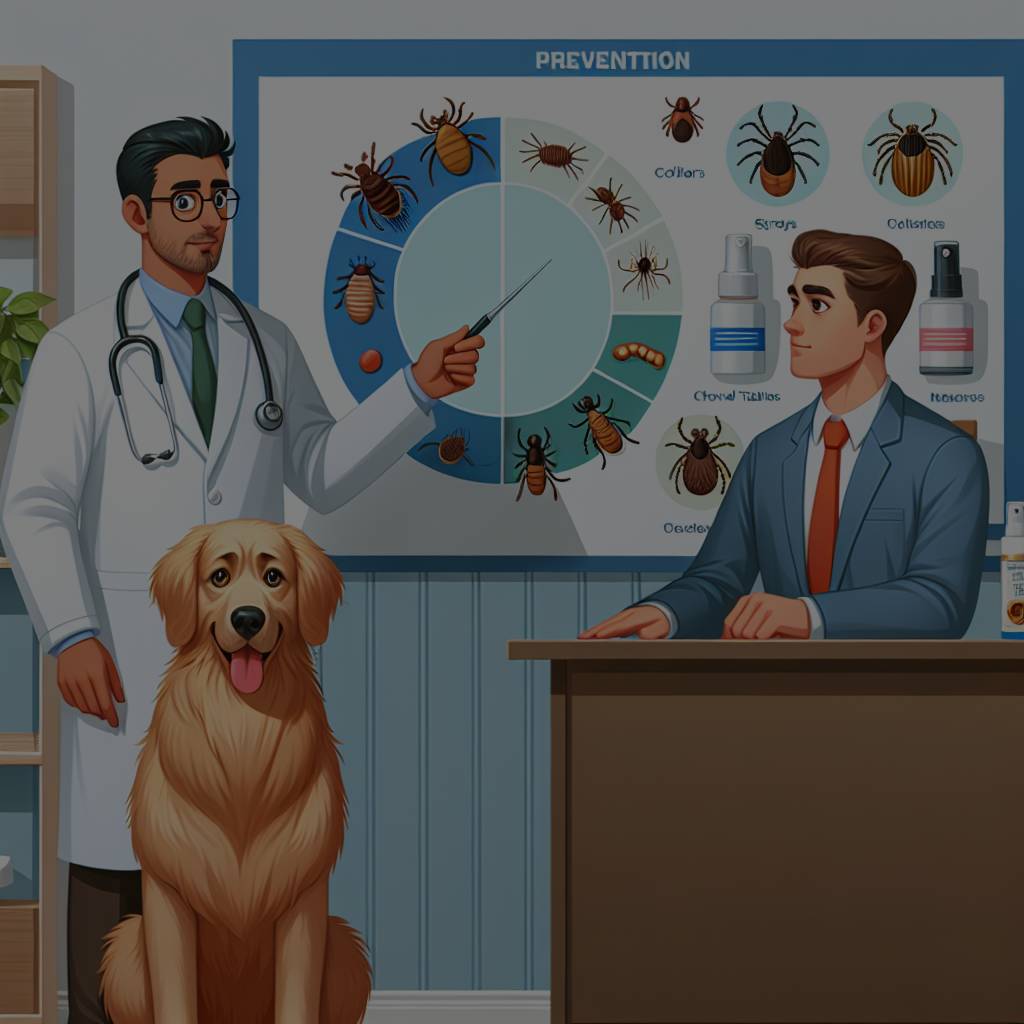
Fleas and ticks are more than just a nuisance for dogs; they pose serious health risks. These tiny parasites can cause discomfort, itching, and even transmit diseases to our beloved pets. That’s why it is crucial to take preventative measures to protect our furry friends. In this article, we will explore the importance of flea and tick prevention for dogs, understand the risks associated with these pests, discover effective prevention strategies, and gather expert advice on choosing the right prevention methods.
Why Flea and Tick Prevention is Crucial for Dogs
Flea and tick prevention is essential for the well-being of our canine companions. These pests not only cause constant itching, but they can also transmit a range of diseases. Fleas, for instance, are known to carry tapeworm eggs, which can infect dogs when they ingest them while grooming. Ticks, on the other hand, can transmit diseases such as Lyme disease, Rocky Mountain spotted fever, and Ehrlichiosis. By implementing prevention measures, we can safeguard our dogs from these harmful parasites and the potential health issues they bring.
Understanding the Risks of Fleas and Ticks for Your Pet
Fleas and ticks thrive in warm environments, making dogs susceptible to infestations, especially during the warmer months. These pests can cause intense itching and discomfort for dogs, leading to excessive scratching, hair loss, and skin infections. Moreover, some dogs may develop an allergic reaction to flea saliva, resulting in a condition known as flea allergy dermatitis, which can cause severe skin irritation and inflammation. Ticks, on the other hand, can burrow into the skin and transmit dangerous diseases that can affect your dog’s overall health and quality of life. It is important for dog owners to be aware of these risks and take proactive measures to prevent infestations.
Effective Strategies for Preventing Fleas and Ticks in Dogs
Preventing fleas and ticks requires a multi-faceted approach. Regular grooming and bathing can help remove any existing fleas or ticks from your dog’s coat. Additionally, keeping your dog’s environment clean and well-maintained, including regular vacuuming and washing of bedding, can help prevent infestations. It is also important to regularly check your dog’s fur and skin for any signs of fleas or ticks and promptly remove them. Using flea and tick prevention products, such as spot-on treatments, collars, sprays, or oral medications, can provide long-lasting protection. Consult with your veterinarian to determine the most suitable prevention methods for your furry companion.
Expert Advice on Choosing the Right Flea and Tick Prevention Methods
When it comes to choosing the right flea and tick prevention methods for your dog, it is best to seek expert advice from your veterinarian. They can assess your dog’s individual needs, take into account any existing health conditions, and recommend the most effective and safe prevention options. Different products have varying levels of effectiveness and durations, so it is important to consider factors like your dog’s size, age, and lifestyle when making a decision. Your veterinarian can guide you through the available options and help you make an informed choice that will keep your dog protected from fleas and ticks.
Flea and tick prevention is crucial for the health and well-being of our dogs. By understanding the risks associated with these parasites and implementing effective prevention strategies, we can ensure our furry friends are protected from the discomfort and potential diseases they can bring. Remember to consult with your veterinarian to choose the most suitable prevention methods for your dog, as their expertise will ensure the right choice for your canine companion. With proper prevention measures in place, you can enjoy a worry-free time with your dog, knowing they are safe from fleas and ticks.
Speaking of fleas and ticks, you might be interested in learning more about the individual parasites. For example, you can find detailed information on fleas by visiting the [Flea Wikipedia article](https://en.wikipedia.org/wiki/Flea). Additionally, to understand more about the health threats these parasites pose, the [Tick Wikipedia article](https://en.wikipedia.org/wiki/Tick) is a great resource. Understanding the broader scope of diseases transmitted by ticks, such as Lyme disease, could also be beneficial; check out the [Lyme Disease Wikipedia article](https://en.wikipedia.org/wiki/Lyme_disease). Furthermore, for an even deeper dive into how these pests interact with their environments and host animals, the [Parasitology Wikipedia article](https://en.wikipedia.org/wiki/Parasitology) offers comprehensive coverage. By exploring these resources, you can gain a well-rounded perspective that complements your flea and tick prevention efforts for your dog.










